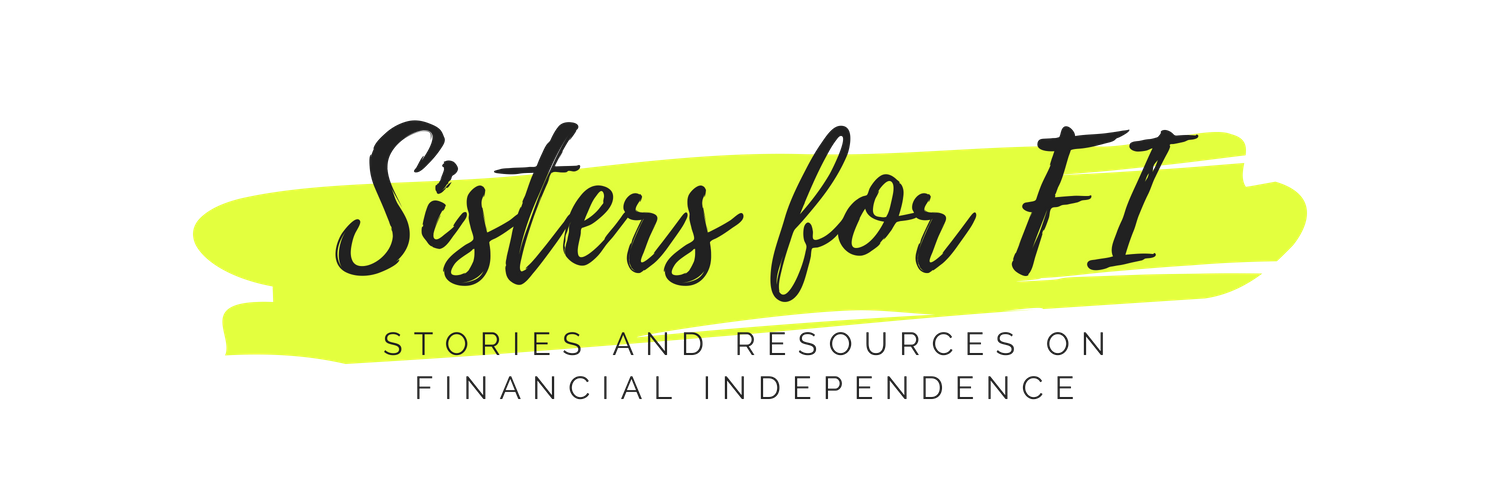How the Practice of Kaizen Can Help Your Finances
"There's no good idea that can't be improved on."
Kaizen is the Sino-Japanese word for "improvement". It’s a word that has been floating around in the business world for some time now, but now you’ll see it being applied to self-improvement and personal finance. I’d first heard of kaizen when I was contemplating studying for Six Sigma certification. At that point, I was working for a pharmaceutical company and wasn’t sure what I wanted to do. I was just a few years post undergrad and hadn’t really thought about my future. The idea of kaizen came back up again for me when I became a certified Agile Scrum Master and implemented agile practices within my old company.
The Goals of Kaizen
Kaizen is all about changing things for the better. It’s about making, small continuous improvements that add up over time. Toyota was one of the first companies to apply the practice of kaizen to their manufacturing process. Today, many tech companies use the practice of continuous improvements to release a software update faster or ensure a more timely product launch. Kaizen is a daily process that incorporates people into the process. It asks that people constantly look for ways to improve, eliminate waste, communicate and make things better. It’s really all about streamlining every process. Kaizen is about making changes, taking a step back, reviewing if those changes made a difference and continuing to adopt and adapt practices from there.
My Experience with Kaizen
I believe that kaizen works because it breaks down large goals into small, attainable ones. We, humans, tend to get overwhelmed very quickly so instead of trying to wrap our minds around a large goal or project, break it down into smaller, much more manageable tasks. When I was working as a Scrum Master for a tech firm, this was by far the best way to get things done. Some days, you’ll laugh at yourself for having done something so minuscule on your to-do list, but all of it is a building block towards something greater. Breaking down tasks also ensures that 1) you aren’t skipping steps and jumping the gun 2) you pause and really think about the reasons for the goal and why certain tasks are necessary 3) if you are working with other stakeholders that you also get feedback from them often and incorporate that into your process changes. It’s also interesting to note that in any process improvement exercise, each member of the team already knows how to make their lives easier, sometimes it is just a matter of giving someone the means to implement those changes and empower their voice to be heard.
For example, in one of the teams I worked with, a few engineers felt they could only focus on their specific area of expertise and while being an expert allowed them to perform specific job functions much faster, empowering them to take on new tasks and challenges outside of their comfort zone improved overall team performance and open the doors for better conversations and solutions. Of course, it wasn’t always easy especially when you work with legacy teams that hold on tight to their beliefs and their way of working, but breaking these barriers down is how you adjust and pivot.
Applying Kaizen to Personal Finances
Managing your personal finances is one area in which to apply the practice of kaizen. Whether you are trying to get out of debt or in the process of accumulating wealth, each daily action you take contributes or hinders that goal. Some people put off getting out of debt because they get paralyzed and overwhelmed by the number that they see on the screen or paper, but tools like the debt avalanche or the snowball methods allow one to follow a process and improve on it over time.
The practice of kaizen is also about iteration: PLAN, DO, CHECK, ADJUST. It also borrows from the scientific method in which you test out a hypothesis, see if it can be confirmed or not, repeat the testing with any new knowledge until you can find a reasonable conclusion.
Some questions to ask yourself when it comes to applying kaizen to eliminating debt:
Do you know your current debt status? Knowing your current state is the first step in figuring out a process.
Do you have a process/plan in place to eliminate this debt?
Are you following that process?
If you are not following the process, check to see why. What is a blocker for you?
Adjust your process/plan so it makes sense and is achievable.
Repeat the cycle.
Kaizen is also about continuous learning. For many of us, we may start with debt elimination, then move on to wealth creation to tax efficiency. This is where the lessons of Dave Ramsey can be helpful at the beginning of your Financial Independence journey, but even his steps stop at certain point, so then you check, reflect and adjust your goals forward and this may mean taking on new financial masters to study.
You probably are already following the practice of kaizen in your own financial journey and whether you call it kaizen, continuous improvement or your own methodology, props to you for wanting to improve your finances. And if you feel like progress is slow, don’t worry. Remember that compounding takes time and even just a 1% increase can lead to so much over time.
The practice of kaizen also incorporates people and the elimination of wasted effort so be aware of where you are putting in your time and energy.
What small thing can you do TODAY to help your finances?
“Where there is no standard, there can be no kaizen.”
There’s a fairly popular quote from the father of the Toyota Production System, which became Lean Manufacturing in the US. “Where there is no standard, there can be no kaizen.” I thought this quote was appropriate to bring up because when we think about financial independence, we also have to think about the quality of life that we want to lead. What standards are we setting up for ourselves. How can we work towards something if we don’t have something to measure against. And I know we all have standards, from the kinds of cars that we want, to the houses that we own, and even to the people that date and partner up. Standards are something to model and all of us will have different standards of living.
How the Practice of Kaizen Can Help Your Finances







